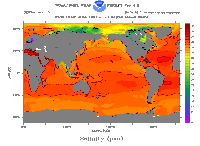Mean sea-surface salinity. Grey shaded areas (land) exceed 36 psu (practical salinity units).
Click on image for full size
Image courtesy of NOAA
Salinity
Almost 3/4 of the
Earth is covered with
water. Almost all of that water is in the
oceans. Have you ever been swimming in the ocean? If you have and you accidentally got water in your mouth, you know the ocean tastes really salty!
Ocean water is about 3.5% salt. That may seem not seem like a lot, but it is! If the oceans dried up completely, enough salt would be left behind to build a 180-mile-tall, one- mile-thick wall around the equator! Almost all of that salt would be ordinary table salt.
Salinity is a measure of how much salt is in water. Sometimes, scientists measure salinity in parts per thousand (ppt). The average salinity of the ocean is 35 ppt. That's the same as saying the ocean water is 3.5% salt.
Life in the oceans likes to live in salty water. But, most creatures that live in the ocean could not live in fresh water. When the salty waters of the ocean meet fresh water, an estuary is formed. This is a special place where some creatures have learned to adapt to a mixture of fresh water and salt water. For more information on salinity, please use the links below...
You might also be interested in:
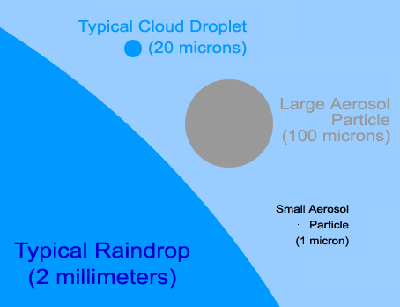
When you look up at the sky, you are looking at more than just air. There are also billions of tiny bits of solid and liquid floating in the air. These tiny particles are called aerosols or particulates.
...more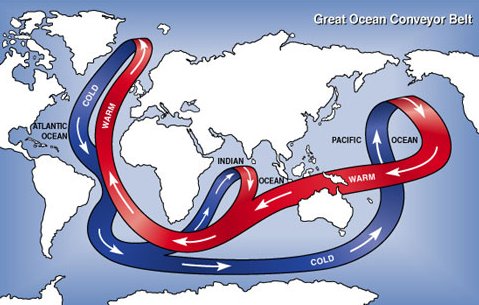
The world’s oceans, the Pacific, the Atlantic, the Indian, the Arctic, and the Southern Ocean, have different names, but they are really not that different. Water moves between them all the time. So they
...more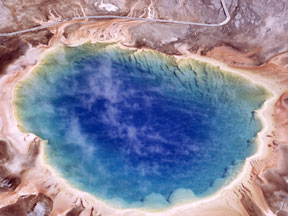
This page describes environments that are filled with acids, are blasted with radiation, are under high pressure, or are tough places for most living things in other ways. It is easy for living creatures
...more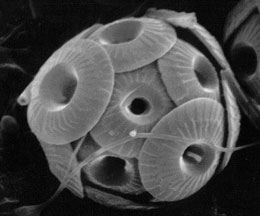
Aerosols are tiny particles that float around in the air. Some are tiny drops of liquid. Others are solid. They are all very, very small. Some aerosols come from the ocean. Small particles of sea salt
...more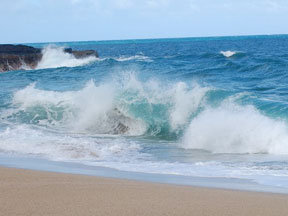
Have you ever been to the ocean? If so, you know that ocean water has salt in it. But did you know that air has salt in it, too? Many types of tiny particles float around in the air. Scientists call these
...more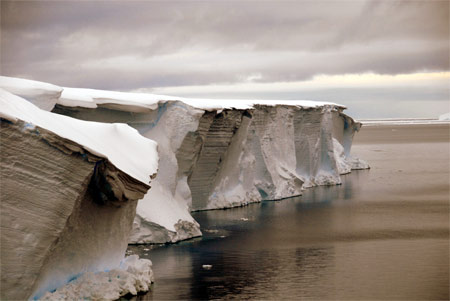
Looking for online content that can be used for a climate change education course or module? Pages linked below can be used to support an introductory climate change education for either a unit or a full
...more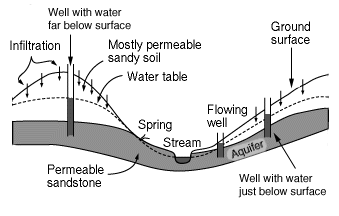
An aquifer is the name for a layer of rock which is capable of holding a large amount of water. Some layers are better at holding water than others, for example a layer of sandstone can hold a good deal
...more


